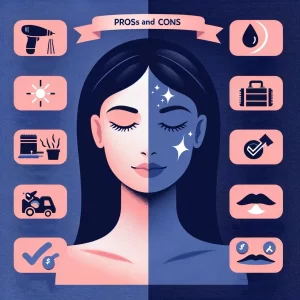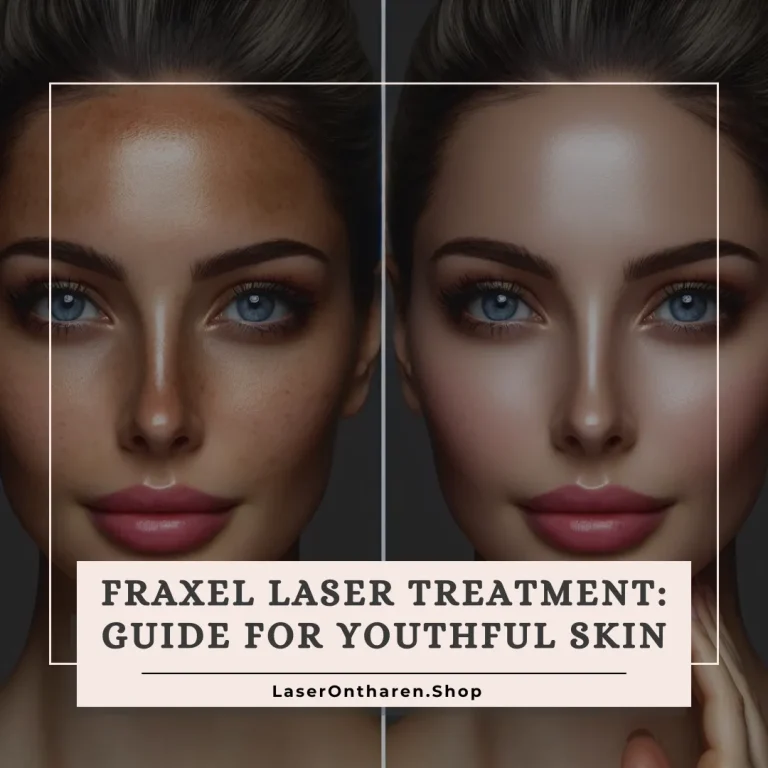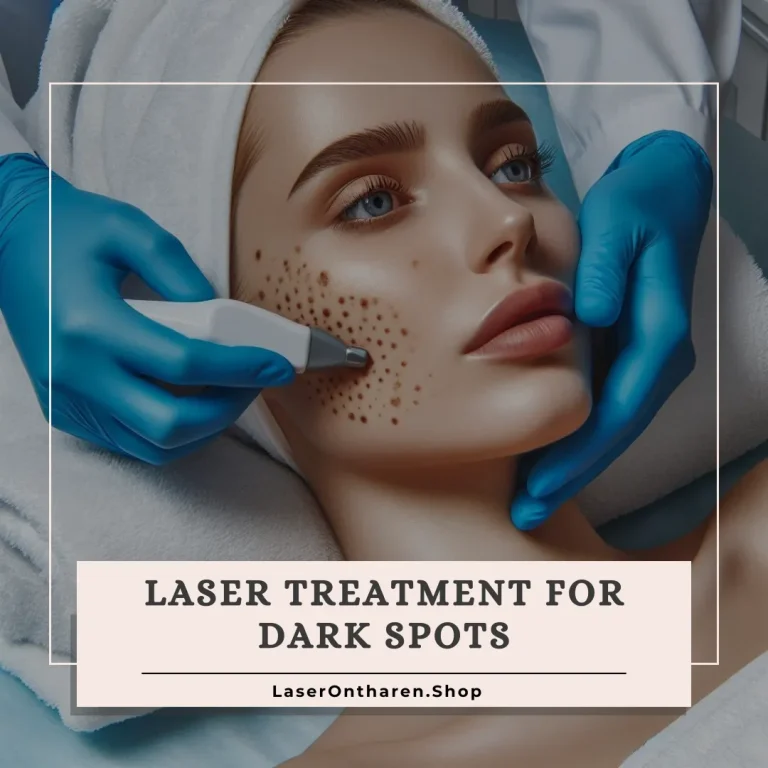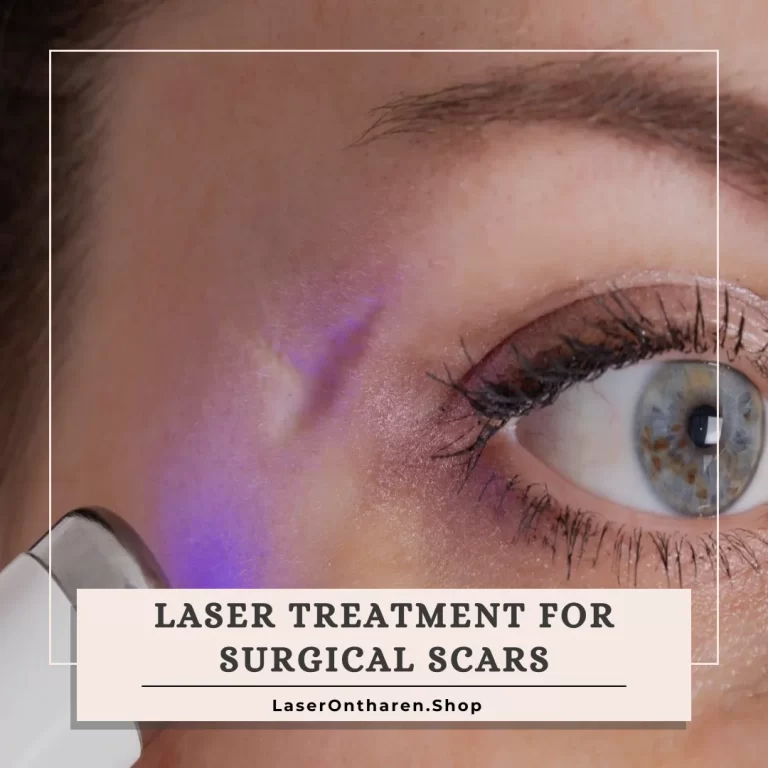Laser hair removal has emerged as a beacon of hope for those seeking a long-term solution to unwanted hair growth.
Unlike traditional methods such as shaving, waxing, and plucking, which offer only temporary relief, laser hair removal stands out for its ability to significantly reduce hair growth over time, offering a blend of precision, efficiency, and longevity.
Understanding How Does Laser Hair Removal Work
Laser hair removal stands as a testament to the marvels of modern dermatological technology, offering a sophisticated solution to the age-old problem of unwanted hair.
At its essence, this procedure harnesses the power of light, precisely targeted to penetrate the skin and disrupt the growth cycle of hair follicles.
The science behind this technique is both fascinating and complex, involving principles of light, skin physiology, and hair growth patterns.
Hair Growth Cycles and Laser Timing
Human hair grows in cycles, including growth (anagen), regression (catagen), and rest (telogen) phases.
Laser hair removal is most effective during the anagen phase, when the hair is actively growing and contains abundant melanin.
This phase alignment is essential because the treatment relies on the presence of melanin to absorb the laser’s light.
Consequently, multiple sessions spaced several weeks apart are typically required to catch as many hairs as possible in their anagen phase, thereby maximizing the effectiveness of the treatment.
Skin and Hair Color Considerations
The success of laser hair removal is influenced by the contrast between hair and skin color.
Ideal candidates have dark hair and light skin, a combination that maximizes the absorption of laser energy by the hair melanin while minimizing the risk to the surrounding skin.
Advances in laser technology, however, have broadened the spectrum of effective treatment to include individuals with darker skin tones.
Lasers like the Nd:YAG have been designed to bypass the skin’s melanin and focus more deeply into the hair follicle, reducing the risk of skin damage.
The Basics
A laser emits a light that is absorbed by the melanin present in the hair.
This light energy is converted into heat, which damages the follicle, thereby inhibiting or delaying future hair growth.
How Lasers Target Hair Follicles
Melanin’s role is crucial, as it’s the target that the laser seeks.
The laser’s light is preferentially absorbed by the dark pigment in the hair, sparing the lighter skin tissues, a property that ensures the surrounding skin remains largely unaffected.
The Role of Melanin
The effectiveness of laser hair removal is significantly influenced by the contrast between the color of the hair and the skin. The greater the contrast (dark hair on light skin), the more effective the treatment, as the laser can more easily target the melanin in the hair.
Types of Lasers Used in Hair Removal
Several types of lasers have been developed to accommodate different skin types and hair colors, ensuring a broader range of individuals can benefit from this technology.
Cooling Techniques for Safety and Comfort
Modern laser hair removal systems often incorporate cooling mechanisms to protect the skin’s surface and reduce discomfort during the procedure.
These cooling methods can include contact cooling with a chilled tip, cryogen spray, or air cooling.
This aspect of the technology not only enhances patient comfort but also plays a critical role in preventing thermal damage to the skin, ensuring a safer treatment experience.
Different Lasers for Different Skin Types
- Alexandrite Lasers: Best for light to olive complexions, they offer a quick treatment time for parts of the body with large surface areas.
- Diode Lasers: Suitable for light to medium skin, these lasers are particularly effective for darker and coarser hair.
- Nd:YAG Lasers: These lasers can safely treat all skin types, including tanned and darker skin, without significant damage to the epidermis.
Safety and Efficacy
Selecting the appropriate laser type is critical for the safety and success of the treatment.
A consultation with a qualified professional can determine the most suitable laser based on your skin type and hair color.
What to Expect During a Laser Hair Removal Session
Preparation
Before undergoing laser hair removal, you’ll be advised to avoid sun exposure, tanning treatments, and plucking or waxing for about six weeks.
These precautions help enhance the treatment’s effectiveness.
The Procedure
During the session, a technician will apply a hand-held laser instrument to your skin.
Depending on the laser, a cooling device on the tip of the instrument or a cool gel might be used to protect your skin and reduce the risk of side effects.
Post-Treatment Care
After the treatment, you may experience redness and swelling for the first few hours.
Applying ice to the treated area can help mitigate these effects.
It’s also advisable to avoid sun exposure and use sunscreen to protect the treated skin.
Pros and Cons of Laser Hair Removal
Advantages
Laser hair removal offers several benefits, including precision, speed, and long-term cost-effectiveness.
It’s capable of targeting hairs without damaging the surrounding skin, and a single session can treat numerous hairs simultaneously.
Disadvantages
However, the treatment isn’t without its drawbacks.
It typically requires multiple sessions to achieve desired results, can be costly upfront, and may result in temporary discomfort or side effects such as redness and swelling.
Frequently Asked Questions
- Is the procedure painful? Most people experience minimal discomfort during laser hair removal. It’s often described as a rubber band snapping against the skin.
- How many sessions will I need? The number of sessions varies depending on your hair color, type, and the area being treated but typically ranges from three to seven sessions.
- Is it permanent? While laser hair removal can significantly reduce hair growth, periodic maintenance may be required for optimal results.
Conclusion
Laser hair removal offers a promising solution for those looking to reduce unwanted hair growth effectively.
By understanding how the technology works and what to expect from the procedure, you can make an informed decision about whether it’s the right option for you.
As with any cosmetic treatment, consulting with a professional to discuss your specific needs and concerns is essential.
With the right approach, laser hair removal can provide a smooth, hair-free complexion that lasts.







